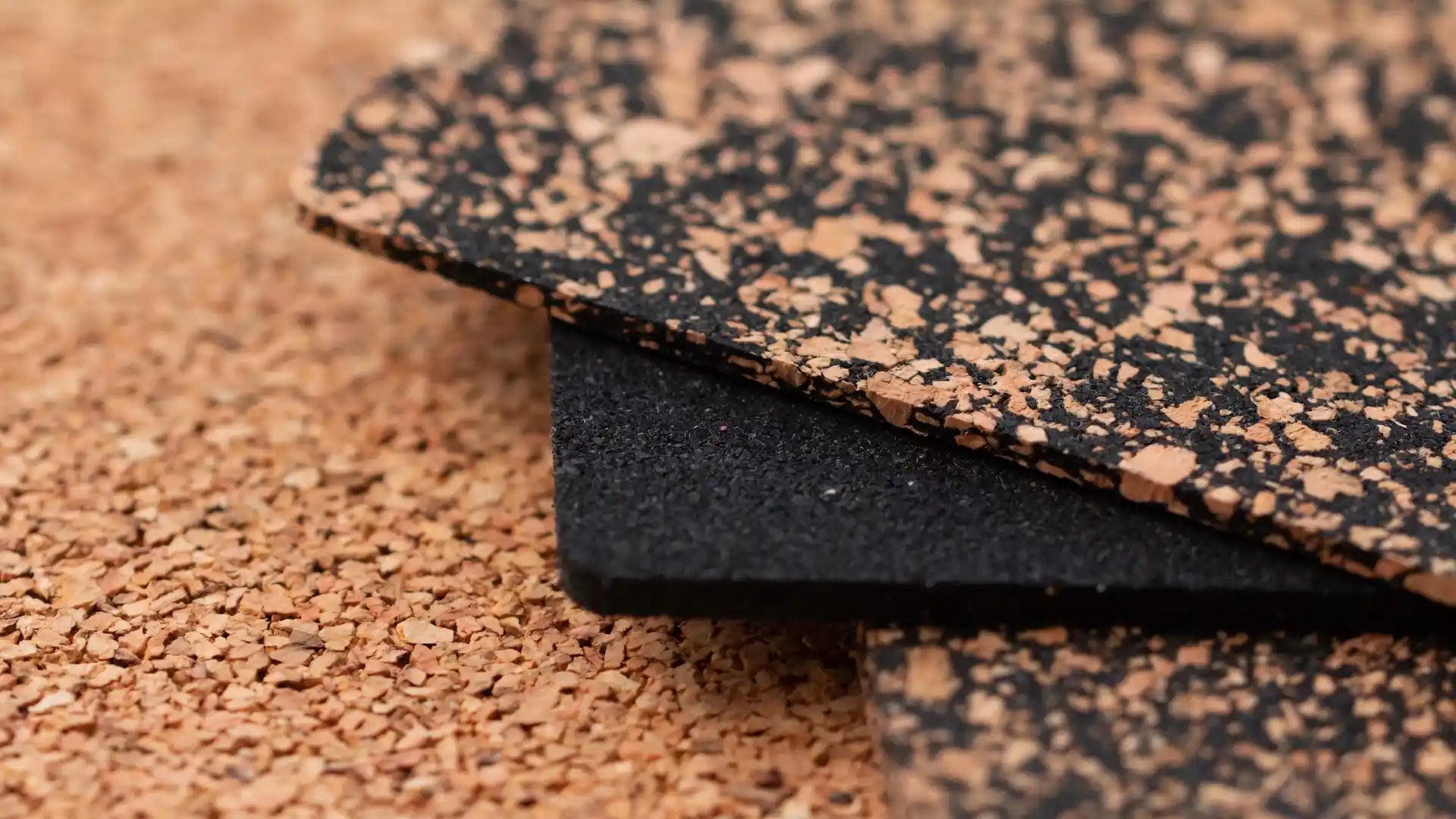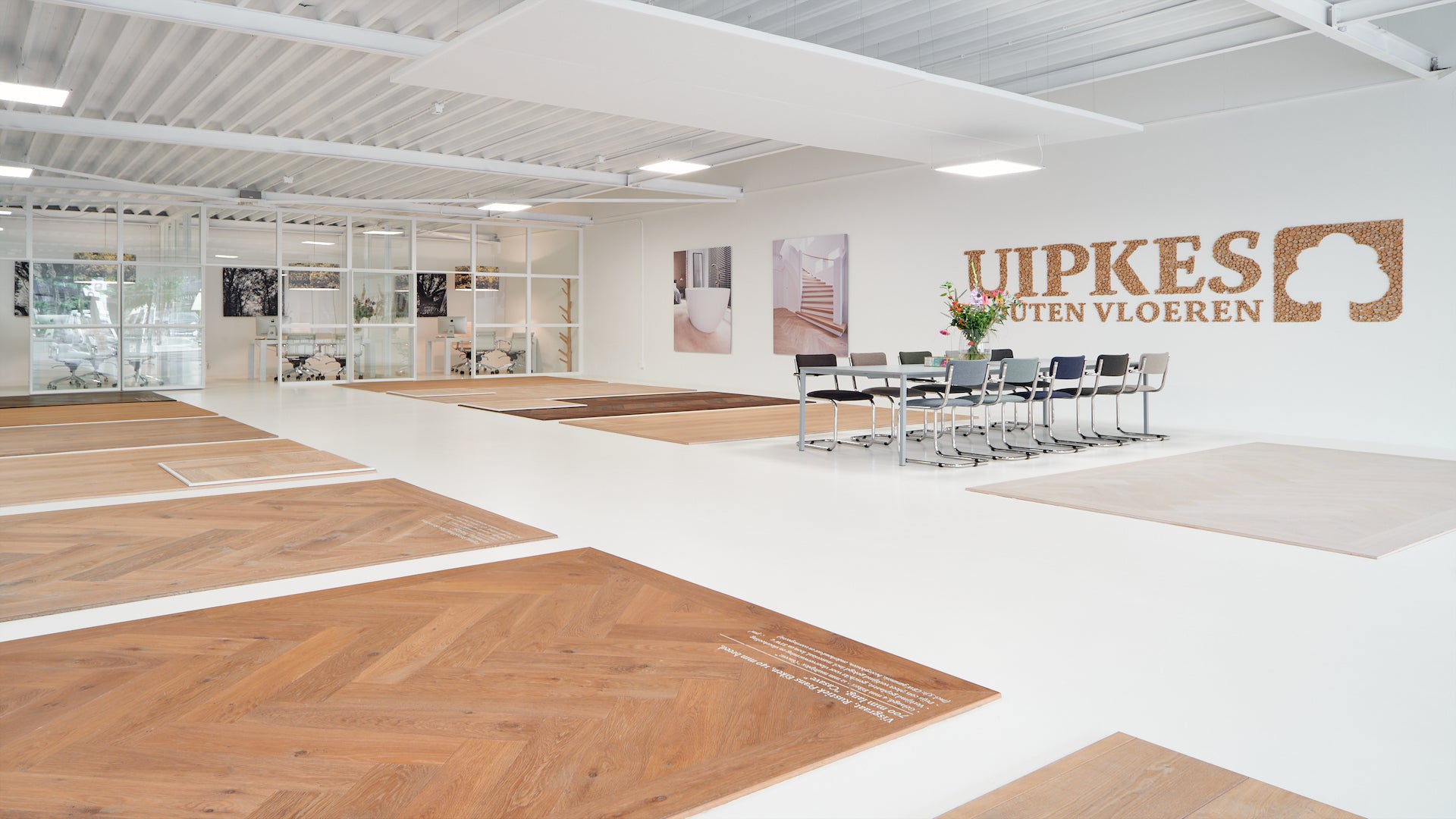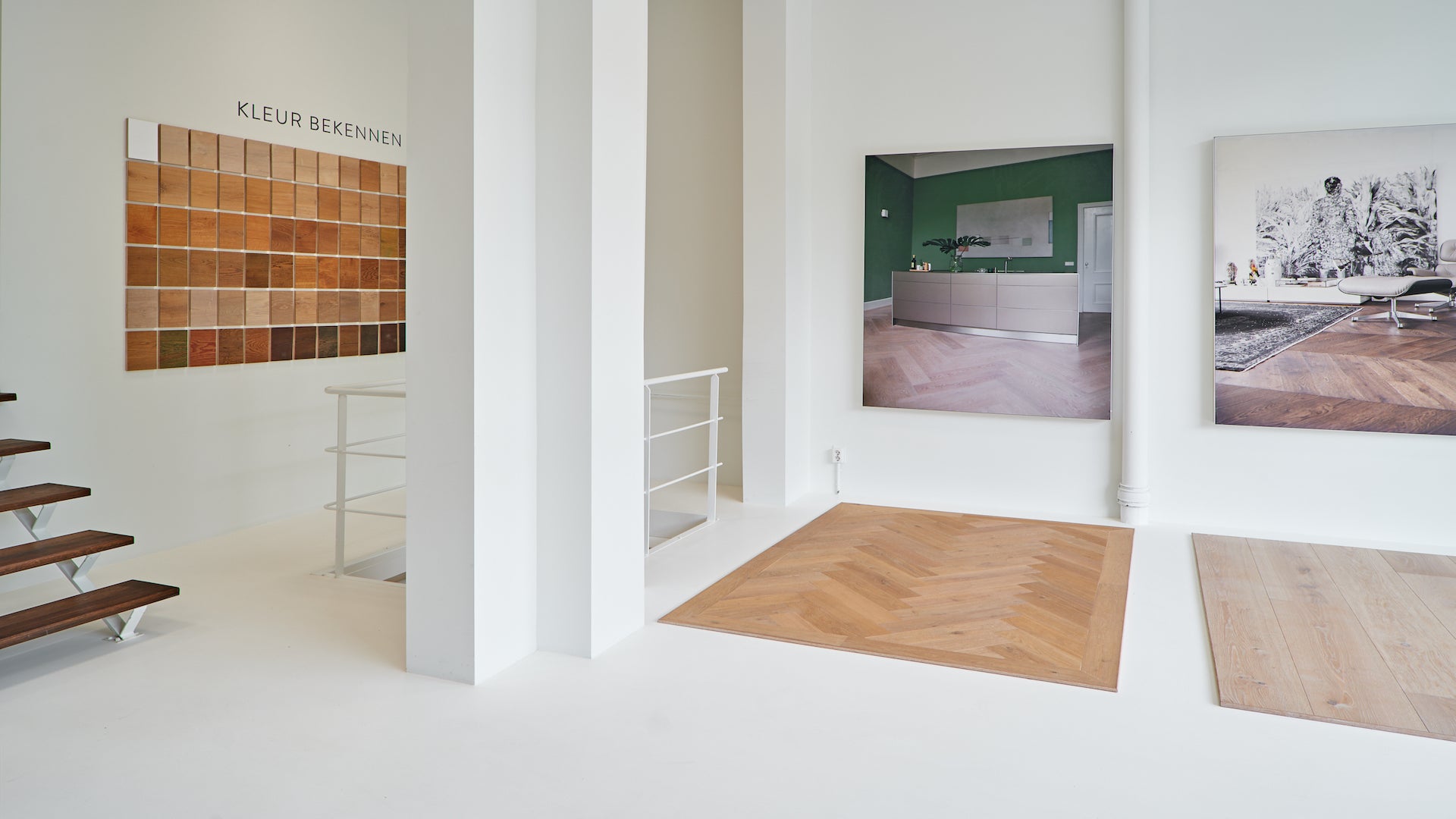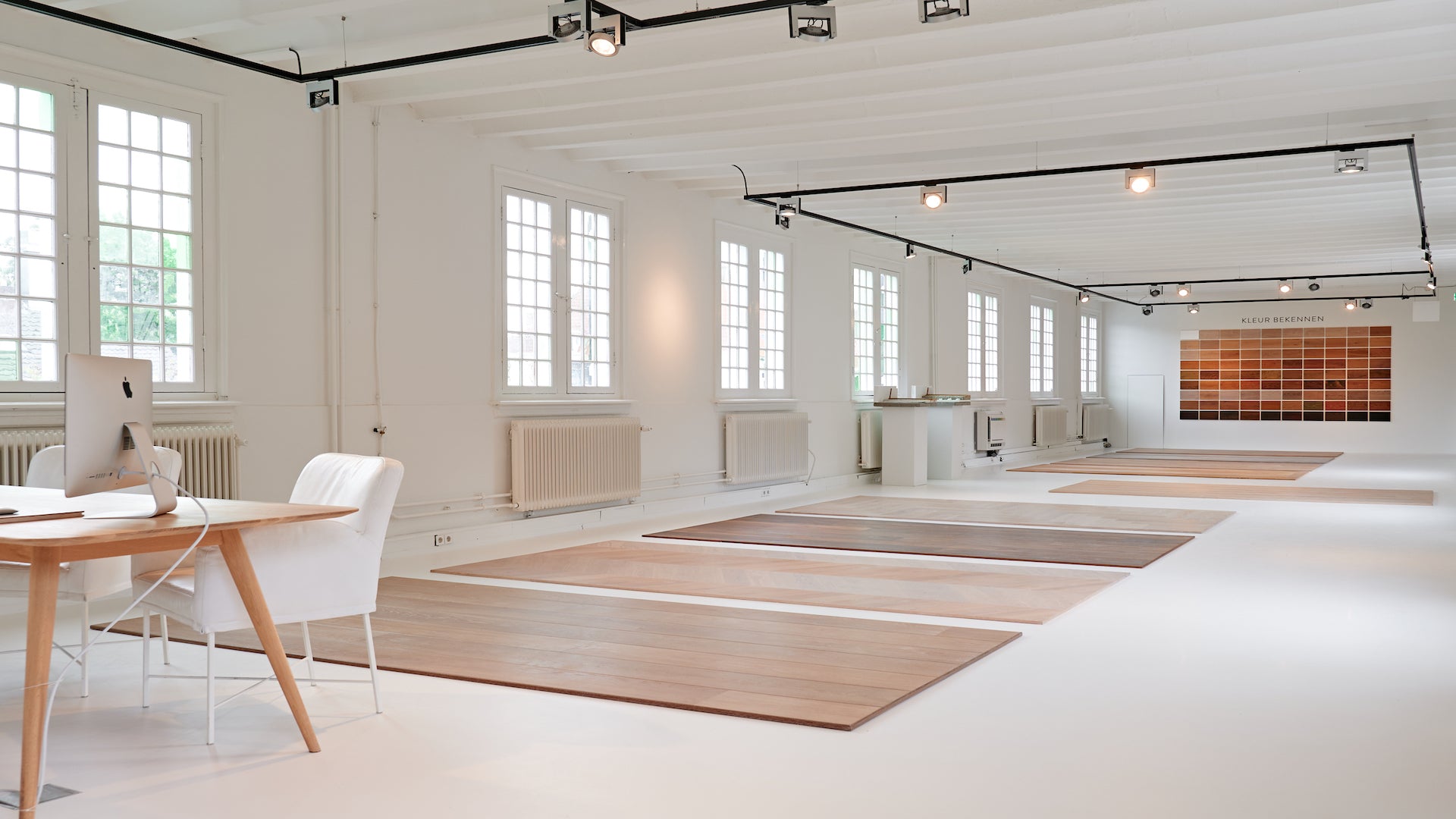KURKEN ONDERVLOER

Bezoek de showroom
Cork is highly elastic and relatively soft. These properties make cork floors less load-bearing and no basis for gluing. However, it is possible to use a cork underlay as a basis for your new floor. You can easily place the floor on a foil subfloor.
CORK SUBFLOOR FEATURES
Our wooden floors can be installed on virtually all basic floors. Every basic floor must be permanently dry, hard, flat, clean and load-bearing.
Does your current floor consist of cork tiles, strips or floorboards? Based on the composition and properties of cork, it is only possible to place your wooden floors floating on foil or alu-heat.
With each of these installation methods, the floor is placed loosely on a damping intermediate layer that also has a leveling function. A floating floor is easy to install yourself, can be moved and is also budget-friendly.
Adviesgesprek thuis?
INSTALLING THE FLOOR
Of course, we are happy to advise you on the different installation methods and we can install and finish the floor for you. Do you prefer to carry out the work yourself? Then take a look at the different installation methods for a first impression.
Showrooms
-

Alphen a/d Rijn
Euromarkt 113
-

Amsterdam
Roelof Hartstraat 4
-

Naarden
Kooltjesbuurt 1
Frequently Asked Questions
What is a cork subfloor?
A cork subfloor is a type of subfloor that is made of cork material. Cork is extracted from the bark of the cork oak and is used for various applications in construction.
Cork underlays are used as a resilient and insulating underlay for floor finishes such as laminate, parquet or carpet.
What are the advantages of a cork subfloor?
Cork subfloors offer several benefits, including:
- Sound Insulation: Cork has natural sound deadening properties, so it can reduce sound transmission and create a quieter environment. There are cork subfloors that are supplied with a certificate that endorses the noise pollution standard qualification.
- Thermal insulation: Cork has a high insulation value, allowing it to retain heat and promote energy efficiency.
- Comfortable and resilient: Cork is an elastic material that provides a resilient surface, making it pleasant to walk on and can reduce pressure on the joints.
- Sustainable and eco-friendly: Cork is a renewable and biodegradable resource, making it an eco-friendly choice.
- Anti-allergenic: Cork has naturally anti-allergenic properties and is resistant to mold and mites, making it suitable for allergy sufferers.
Can a cork underlay be used in damp areas such as bathrooms?
Cork is naturally resistant to moisture and can be used in damp areas such as bathrooms. However, it is important to choose a cork underlay that is suitable for humid environments.
Special water-resistant cork products are available that have an extra protective coating to prevent moisture penetration. It is always advisable to follow the manufacturer's instructions and use a moisture barrier if necessary.
How is a cork subfloor installed?
Cork underlays can be installed in different ways depending on the type of product you use. In general, cork subfloors are supplied in the form of panels or rolls.
They can be installed directly on the existing floor, with the panels or rolls secured with a suitable adhesive. Make sure the surface is clean, dry and flat before installing the cork underlay.
Can I install a cork subfloor myself?
Yes, it is possible to install a cork underlay yourself if you are handy and have experience with DIY projects. Make sure you follow the manufacturer's instructions and use the correct tools and materials.
It can also be helpful to consult online tutorials or seek advice from a professional if you are unsure about the installation process.
- Choosing a selection results in a full page refresh.
- Opens in a new window.


